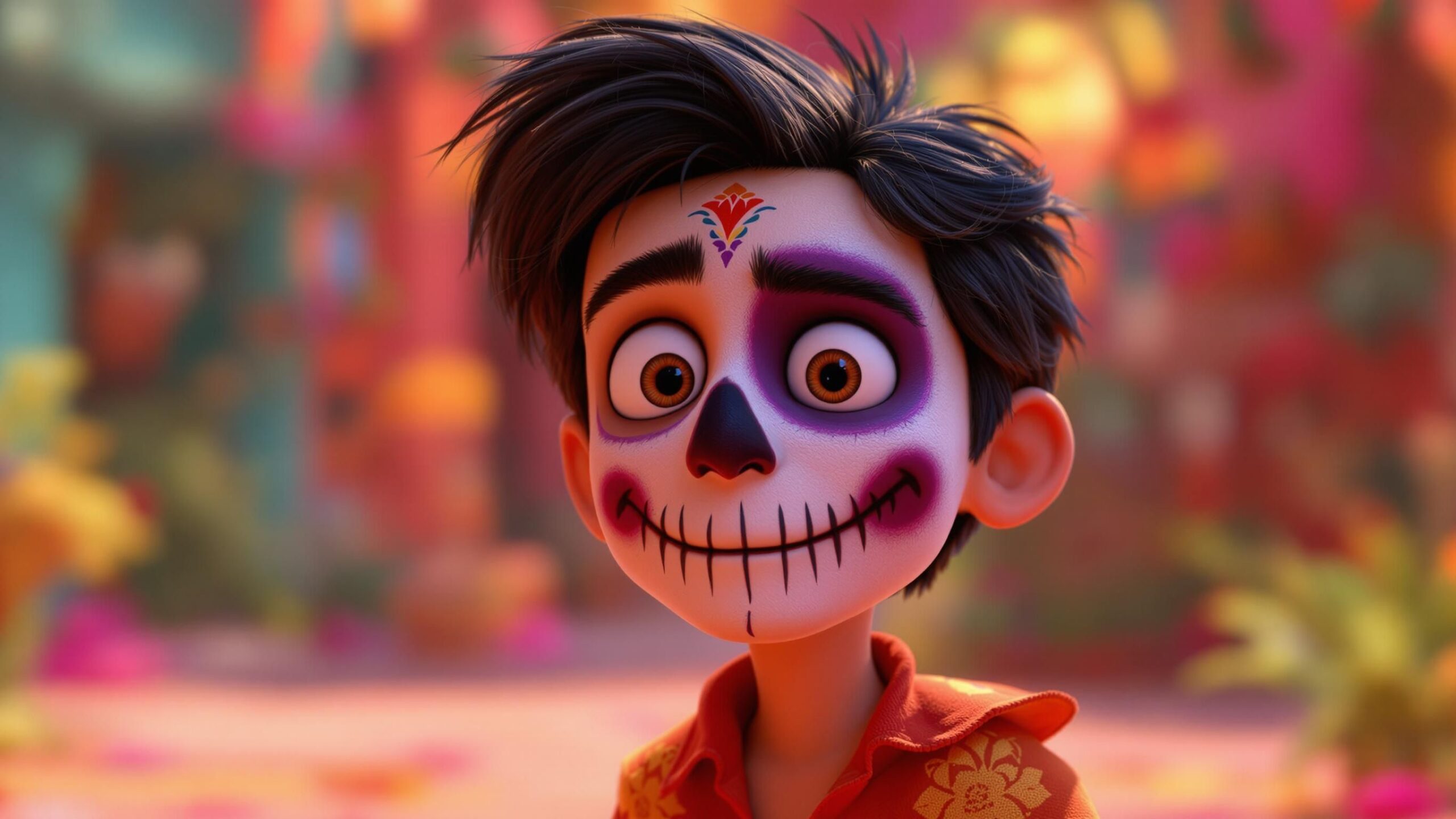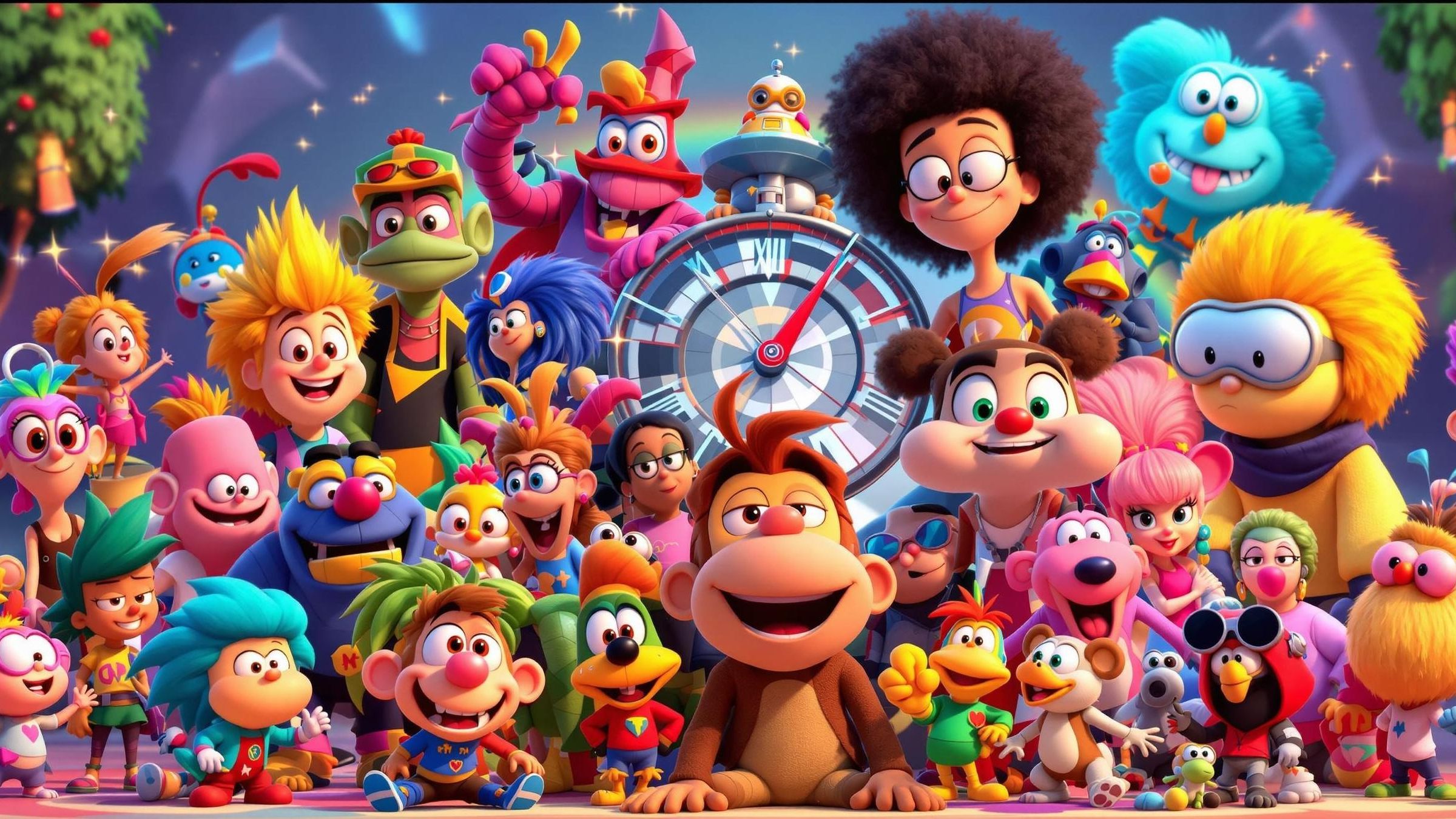Coco isn’t just a Pixar masterpiece—it’s an emotional symphony of culture, tradition, and the power of following your heart. At the center of it all is Miguel Rivera, the music-loving, family-rooted hero whose journey through the Land of the Dead gives us chills, laughs, and more than a few tears. From his first strum on the forbidden guitar to the final bittersweet chords of “Remember Me,” Miguel’s moments are what make Coco sing. Let’s dive into the ten best Miguel moments that celebrate family, music, and everything in between.
1. Miguel’s Secret Sanctuary of Music
Early in Coco, we’re introduced to Miguel’s hidden haven: a rooftop attic filled with clippings, posters, and makeshift instruments dedicated to his idol, Ernesto de la Cruz. Despite his family’s ironclad ban on music, Miguel’s passion refuses to be silenced. This moment sets the tone for Miguel’s rebellious spirit and undying love for melody. The quiet scene is charged with emotion as Miguel speaks to a photo of Ernesto like a trusted confidant. It’s here we see the spark that lights Miguel’s journey—his identity is already deeply tied to music, and he’s willing to risk everything for it.
2. “Un Poco Loco” in the Talent Show
Is there anything more joyously chaotic than Miguel and Héctor’s performance of “Un Poco Loco”? From the first chord, Miguel radiates charisma and energy as he sings in front of the colorful citizens of the Land of the Dead. What starts as a nerve-wracking talent show becomes a dazzling celebration of rhythm and chemistry between new friends. It’s the moment Miguel comes into his own as a performer—and it’s impossible to watch without smiling. His voice is pure, his timing is perfect, and the crowd loves him. This is Miguel becoming not just a boy who loves music, but a musician.
3. Stealing Ernesto de la Cruz’s Guitar
Breaking into a mausoleum isn’t typically a Disney hero’s move, but Miguel is no ordinary protagonist. When he sneaks into the De la Cruz tomb to borrow the legendary guitar, it’s an act of desperation and devotion. The moment he strums the strings, everything changes. Suddenly, Miguel can interact with the dead, and his world flips upside down—literally and metaphorically. The magic is immediate, the stakes are clear, and Miguel’s choice to play that guitar kicks off the entire otherworldly adventure. It’s a beautifully eerie moment that blends music with mysticism, showing how tightly the two are bound in Miguel’s world.
4. Meeting Héctor and Their Hilarious Duo Dynamic
Héctor is the perfect foil to Miguel’s determined energy, and their first meeting is pure Pixar gold. While trying to return to the land of the living, Miguel gets tangled up with this down-on-his-luck skeleton who’s desperate to be remembered. Their back-and-forth banter, quick trust, and mismatched teamwork form the heartbeat of the film. Miguel may be young, but he’s sharp and brave, holding his own with the witty and sometimes shady Héctor. Their partnership slowly transforms into a deep bond, creating the emotional core of Coco. It’s not just about finding his family—it’s about finding someone who believes in him.
5. Miguel Stands Up to His Family
In one of the film’s most powerful emotional moments, Miguel confronts his family’s legacy of banning music. Surrounded by the ancestors who want him to give up his dream, Miguel doesn’t back down. With trembling hands and a cracking voice, he finally shouts what’s been in his heart all along: “I don’t want to be part of this family!” It’s raw and heartbreaking—especially because we know how much he truly loves them. This is Miguel choosing to forge his path, not out of spite, but out of passion. It’s a bold, painful step on the road to self-discovery, and it makes the eventual reconciliation all the more meaningful.
6. The Revelation About Héctor
When Miguel learns that Héctor—not Ernesto de la Cruz—is his real great-great-grandfather, the truth hits like a tidal wave. It’s a twist packed with emotional weight, and Miguel’s reaction is priceless. His entire journey shifts in this moment from chasing a false idol to honoring the real legacy of love and music. Miguel doesn’t hesitate to defend Héctor, even when it means going up against a celebrity skeleton with legions of fans. That fierce loyalty and instant shift in perspective show just how much Miguel has grown. He realizes it’s not fame that matters—it’s family, memory, and the music that connects us.
7. Saving Héctor from Being Forgotten
One of the most gut-wrenching moments in Coco is the looming threat of Héctor’s final death—being forgotten forever. Miguel, barely holding it together, promises to remember him, to carry on his story. With tears in his eyes and urgency in his voice, he tells Héctor that he won’t let him fade. This is Miguel at his most selfless. For all his youthful dreams and stubbornness, Miguel ultimately becomes a protector of legacy and memory. The tenderness in this scene is unforgettable, showing that family isn’t just about blood—it’s about keeping stories alive.
8. Singing “Remember Me” to Mama Coco
Grab the tissues—this is the moment. After racing back to the land of the living, Miguel finds his great-grandmother, Mama Coco, sitting silently, slipping deeper into memory loss. But when he sings “Remember Me”—the song Héctor wrote for her as a child—everything changes. The way Miguel’s voice wavers with hope, the way Mama Coco’s eyes light up as the melody unlocks her memories, it’s cinematic magic. In this quiet, heartfelt moment, Miguel bridges the gap between generations, proving that music holds the power to connect souls. It’s not just the emotional climax of Coco—it’s one of the most moving scenes in Pixar history.
9. Miguel’s Return and Healing the Family Rift
Once Miguel brings the truth to light, the Rivera family begins to mend. The guitar is no longer a symbol of rebellion, but of heritage. Miguel doesn’t gloat—he simply plays, sings, and shows his family what music can mean when it’s shared. The final scenes where his relatives embrace music again feel like a warm hug. Miguel becomes the spark that restores balance, a quiet hero who brought color and harmony back into a home grayed out by misunderstanding. His courage not only changed his life but reshaped his family’s future.
10. The Day of the Dead Celebration at the End
The closing scene of Coco is a joyous, vibrant celebration, and Miguel is right at the heart of it. As he sings for his family, living and remembered, we see portraits on the ofrenda, music in the air, and generations united. Miguel’s smile says it all—this is what he dreamed of. Not fame or fortune, but a world where he can honor his family and his passion together. The colors, the rhythms, and the emotions all come together in one final, glorious affirmation that Miguel has found his voice—and helped his family find theirs too.
Miguel’s Legacy: A Song That Never Ends
Miguel’s story doesn’t stop when the credits roll—it lives on in every viewer who’s ever felt torn between tradition and personal passion. What makes him such a compelling character is not just his love of music, but how that love becomes a force for healing, truth, and connection. His courage to break rules, ask questions, and follow the melody in his heart reshapes his entire family’s destiny.
Through Miguel, Coco gives us more than a heartwarming adventure—it offers a reminder that our voices matter, even when they go against the grain. That family doesn’t always understand right away, but love can still win out in the end. That honoring the past doesn’t mean sacrificing the future.
So, when we rewatch Coco or hear a familiar tune that reminds us of loved ones, Miguel’s story echoes in every note. His best moments aren’t just scenes in a movie—they’re reminders that music is memory, and memory is forever.
Why Miguel’s Story Still Resonates
Miguel’s journey in Coco is more than a coming-of-age tale—it’s a lyrical tribute to the power of memory, the importance of staying true to yourself, and the idea that music can be a bridge across time, culture, and even the afterlife. His moments of bravery, sorrow, joy, and song resonate because they’re so deeply human. We’ve all wanted to chase dreams, mend old wounds, and make our families proud. Through Miguel, we see that doing all three is not only possible—but beautiful.




